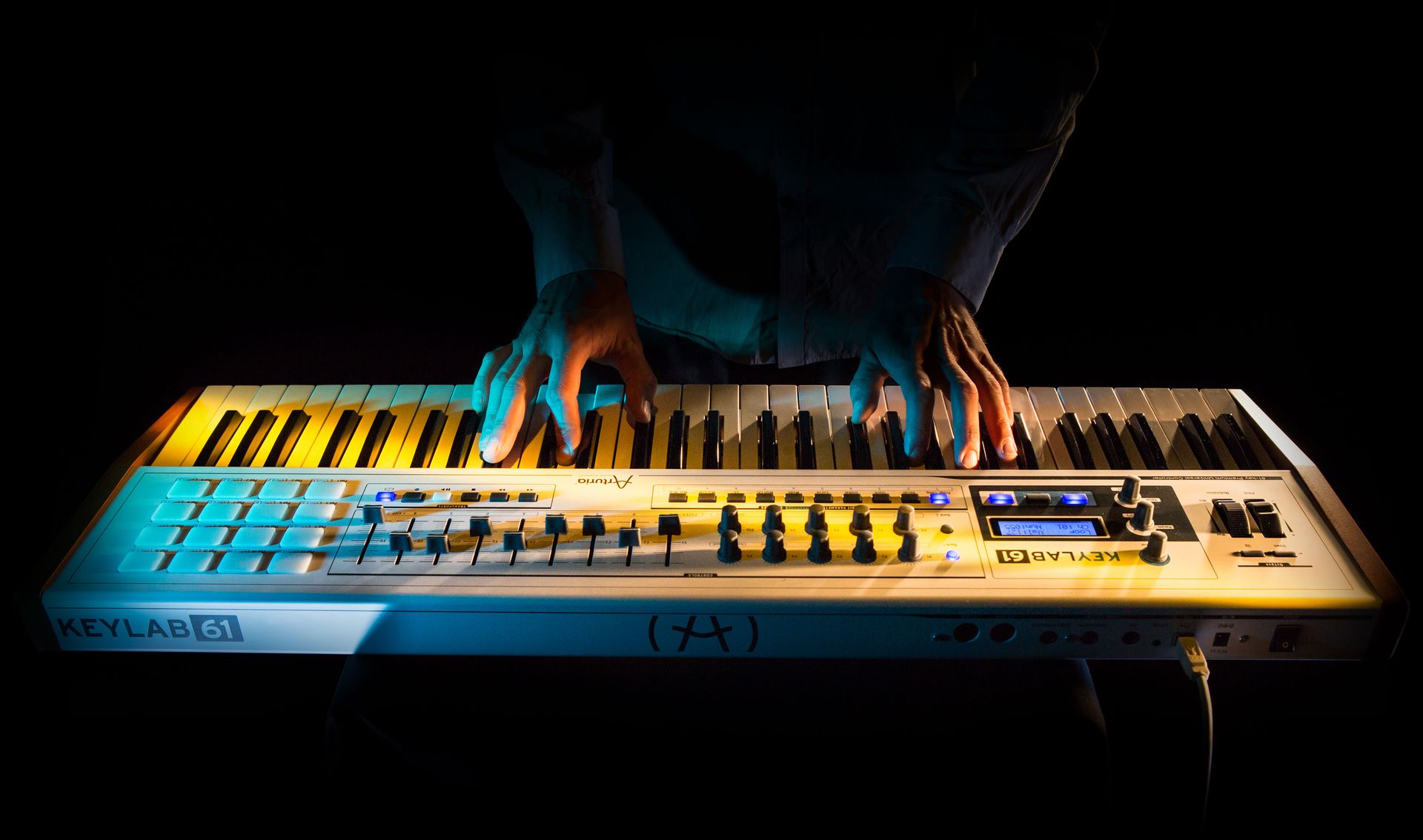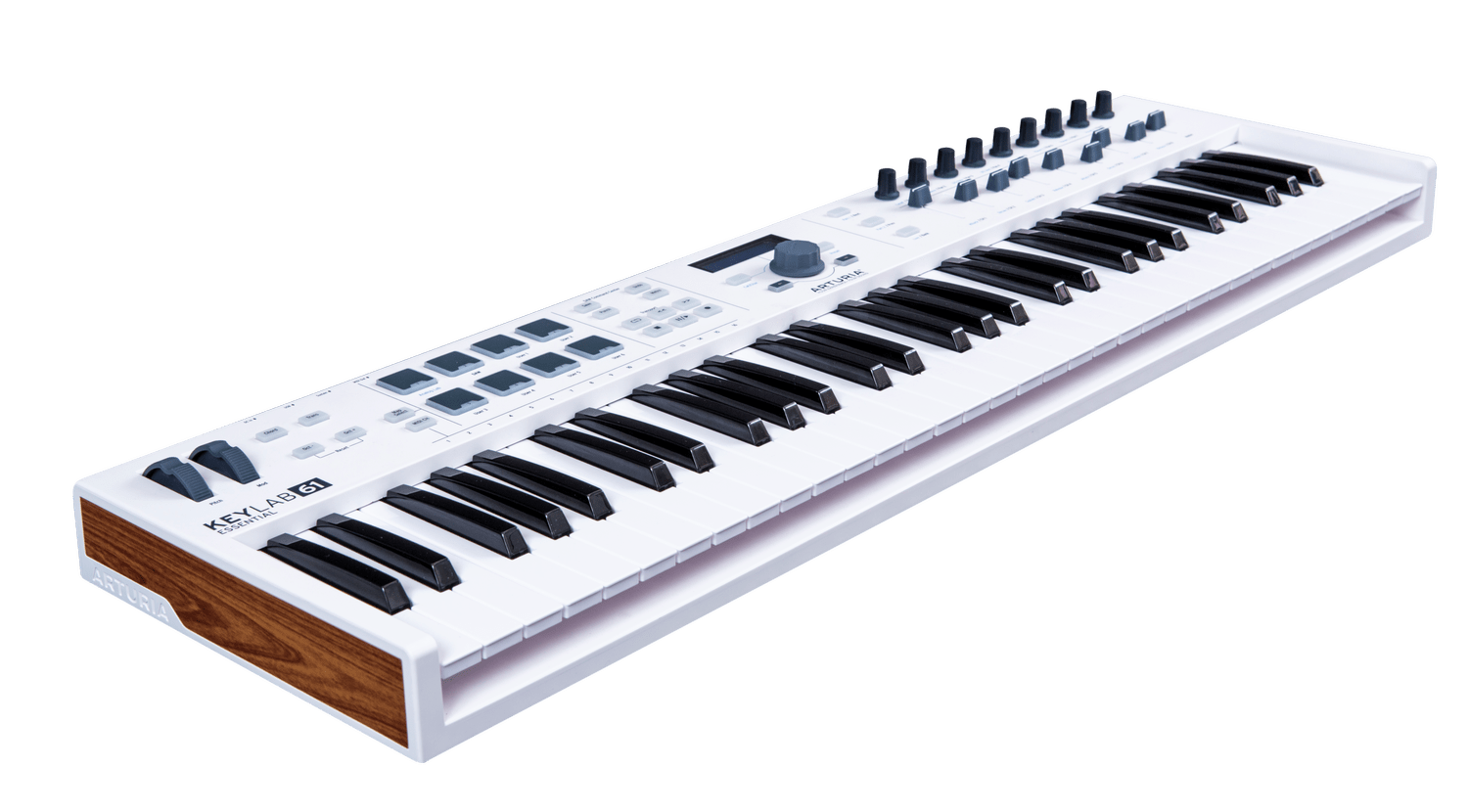

Okay, none of that is all that exciting – we’ve literally seen exactly this set of features before. This bit lets you pull up existing presets. Dear Arturia: thank you for not being innovative here, as wheels are what many people prefer.Īnd a big navigator. There are assignable buttons underneath those. You get 9 faders with 9 rotaries – so that can be 8 channels plus a master fader. So here’s your DAW control layout with some handy shortcut buttons.įaders/mixing. A lot of people record/edit while playing in parts on the keyboard. 4×4 pads (with velocity and continuous pressure – good), which can also be assigned to chords in case finger drumming isn’t what you had in mind.ĭAW control. They’re elegant looking, they’re not overcrowded, and their encoders let you access not only NI’s software, but lots of other plug-ins via the NKS format.īut the KeyLab MKII looks like it could fit a different niche, by connecting easily to hardware and DAWs.īacklit pads.

Native Instruments, love them or hate them, have had a pretty big hit with the Komplete Kontrol line, partly because they do less. But the agnostic design approach here makes this a multitasker tool in every kitchen, and so word of mouth spreads.

Now, is the modular market big enough to sell the majority of BeatSteps Pro? Probably not. (Well, or at least they give your aimless noodling a set of predictable patterns and rhythm.)

They’re the devices that prevent modular performances from turning into aimless noodling. The BeatStep Pro is a prime example: by connecting to both MIDI and control voltage, these compact pad-sequencer units have become utterly ubiquitous in modular rigs. While everyone else guns for the elusive entry level “everyone,” Arturia has won over specific bands of enthusiasts. Oh, look, a new MIDI controller keyboard ranks there with “wow, a new moderately-priced mid-sized sedan.” But… Arturia may have a hit on their hands with the MKII KeyLab.


 0 kommentar(er)
0 kommentar(er)
